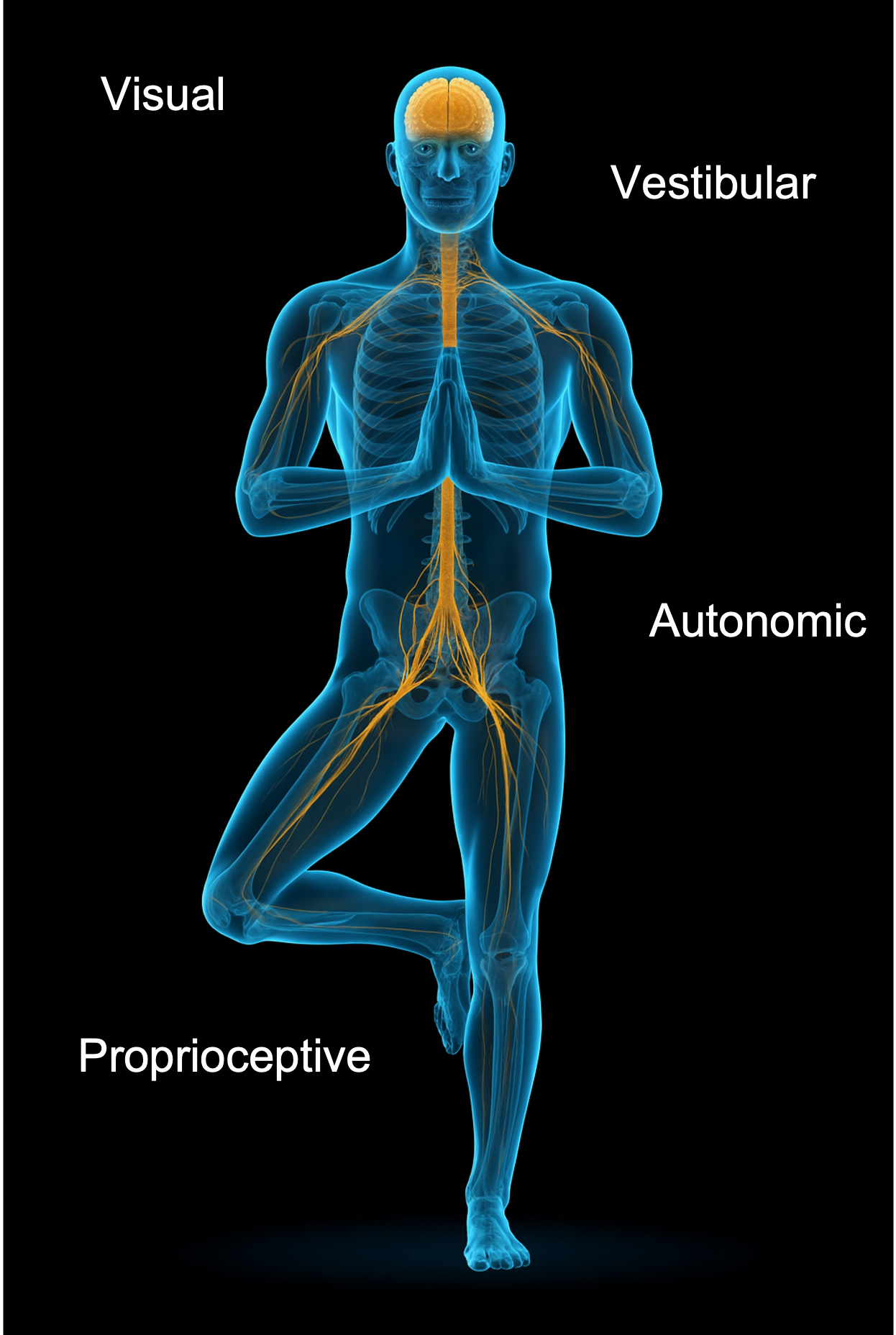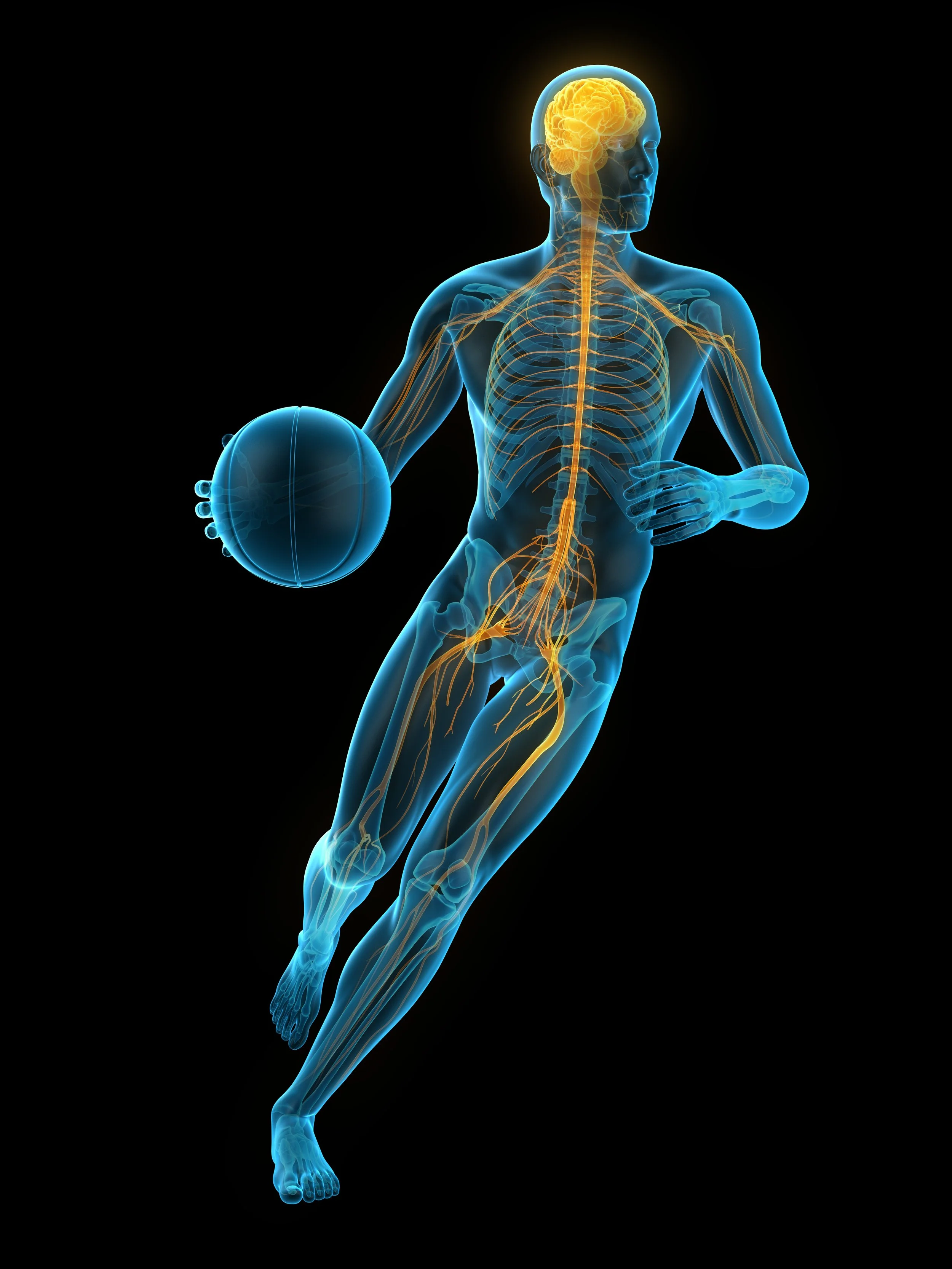Why Measuring Balance Isn’t Enough
If You’re Just Measuring Balance, You’re Missing Something
Balance is often treated as a single ability, something you either have or don’t. But in reality, balance is the outcome of multiple systems working together to control movement.
Your brain constantly integrates information from:
Proprioception - awareness of where your limbs are in space
Vision - how your eyes track movement relative to the environment
Vestibular input - how your inner ear senses motion and orientation
Autonomic regulation - maintaining physiological stability to support movement
When one of these systems underperforms, the body adapts. It compensates by relying more heavily on the others. The result may look normal until the demands increase.
An athlete may appear fit, strong, and technically sound, performing well on movement screens and strength tests, yet still carry an underlying sensorimotor deficit. These hidden inefficiencies are masked by compensation and often remain invisible until fatigue, load, or chaos exposes them, usually as an injury.
A compensated system is a compromised system.
It might perform adequately under stable conditions, but it lacks the resilience needed when the environment becomes unpredictable.
Traditional balance tests measure the outcome of control, how well someone stays upright, but not why. They can’t identify which system is doing the work or where the breakdown is happening.
To prevent injuries and optimize performance, we need to look beyond balance; and measure the systems that control it.
That’s why Prism Neuro measures movement control, not just balance. Our technology isolates the proprioceptive, visual, vestibular, and autonomic contributions to performance, revealing the source of instability before it manifests as injury or performance loss.
By identifying system-specific deficits, practitioners can target the right area in training or rehabilitation to improve efficiency, precision, and long-term outcomes.



